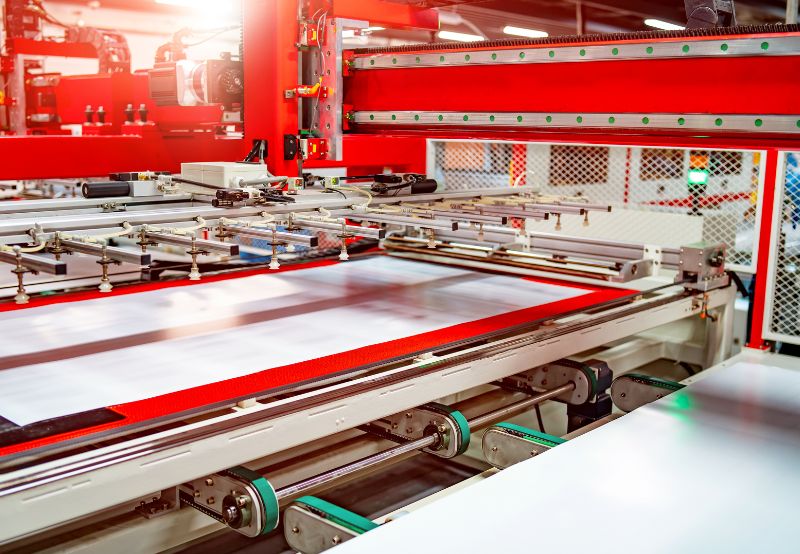Bluebird Solar to Expand Module Manufacturing Capacity to 2.5 GW
The expansion will be completed by October this year
July 28, 2025
Follow Mercom India on WhatsApp for exclusive updates on clean energy news and insights
Solar module manufacturer Bluebird Solar has announced that it will expand its module manufacturing capacity from 1.2 GW to 2.5 GW at its facility in Greater Noida, Uttar Pradesh.
The facility is expected to be operational by October this year.
Bluebird Solar said the facility will be equipped with fully automated lines and advanced quality control systems. It will produce Approved List of Models and Manufacturers (ALMM)-compliant products certified by the Bureau of Indian Standards and the International Electrotechnical Commission.
The expansion is expected to create over 500 new direct and indirect jobs.
Bluebird Solar is a Delhi-based solar module manufacturer specializing in high-efficiency mono-passivated emitter and rear cell half-cut, as well as N-type tunnel oxide passivated contact (TOPCon) solar modules. The company serves residential rooftops, as well as commercial and industrial projects, and utility-scale solar projects across India.
Recently, the Ministry of New and Renewable Energy expanded the ALMM by adding 742 MW of solar module manufacturing capacity. The cumulative solar module manufacturing capacity under ALMM has increased to 91,458 MW following the latest additions.
The total number of module manufacturers has now increased to 107.
According to Mercom’s State of Solar PV Manufacturing in India 2025 report, India added 25.3 GW of solar module capacity and 11.6 GW of solar cell capacity in calendar year 2024. These additions were driven by demand from the solar project pipeline and the reimposition of the ALMM order from April 2024.
By 2027, monocrystalline modules are expected to account for over 58% of the annual module production capacity and 64% of the cell production capacity, with TOPCon, Heterojunction, and other technologies following.
From June 2026, solar cells will also come under the ambit of ALMM. They will be included under ALMM List II. Projects mandated to use ALMM-enlisted modules must ensure these modules are manufactured using cells from List II.
